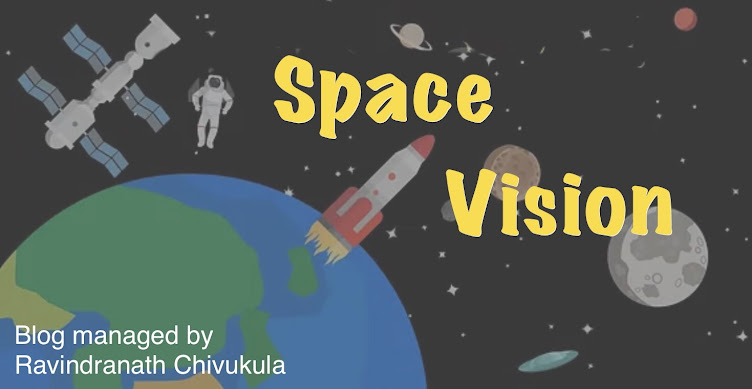(Aug. 18 - 28, 2012)
Neil Armstrong, first man to walk
on the Moon, passes away
Aug 25, 2012 - Neil
Armstrong, the former NASA astronaut who became the first person to walk
on the surface of the Moon in 1969, passed away Saturday at the age of
82. Armstrong died following complications resulting from cardiovascular
procedures, according to a statement released by his family. Armstrong
underwent cardiac bypass surgery earlier this month. Armstrong is best
known as commander of Apollo 11, the first crewed mission to land on the
Moon, and he became the first person to set foot on the Moon, joined by
lunar module pilot Buzz Aldrin. Armstrong also flew on the Gemini 8
mission in 1966. Armstrong left NASA in 1971 and went on to careers in
academia and industry, and also served on the NASA Advisory Council. Related
Links: NBCNews.com
article
Farewell, Mr. Armstrong
August 27, 2012- On
Saturday, Neil Armstrong, the first man to set foot on the Moon, passed
away at the age of 82. Jeff Foust examines what his life meant to so
many people inside and outside the space community.
|
Weather delays Atlas launch to next
week
Aug 25, 2012 - Poor
weather prevented Saturday's planned launch of a pair of NASA space
science satellites, and the threat of a tropical storm will keep the
rocket grounded until late next week. NASA had hoped to launch the twin
Radiation Belt Storm Probes (RBSP) at 4:07 am EDT (0807 GMT) Saturday,
one day after a technical problem scrubbed the first launch attempt.
However, stormy weather prevented the launch from taking place during a
20-minute window. NASA announced later Saturday morning that the launch
would be postponed to no earlier than Thursday, August 30, because of
concerns about Tropical Storm Issac, which is approaching southern
Florida and likely to preclude launch attempts for several days. The
Atlas 5 rocket will be rolled back to its assembly building until the
storm passes. The two RBSP spacecraft will study the Van Allen radiation
belts that surround the Earth. Related Links: Florida
Today article
|
Latin America’s space programs in 2012
August 27,
2012- An increasing number of countries in Latin America are
getting involved in space through the development or ownership of their
own satellites and by other means. W. Alex Sanchez examines the changing
capabilities of and interests among Latin American countries in space
today.
|
Review: A Brief History of Rocketry in ISRO
August 27, 2012- India
has been developing a variety of launch vehicles for over half a century.
Jeff Foust reviews a book that provides a history of the development of
those rockets and profiles the key people who made them possible.
|
News on
Curiosity@Mars ...
|
| Is
China Going to Blast Past America in Space? Aug 21, 2012 - In recent weeks China has appeared prominently in the international media. To the layman it would seem that the Asian superpower is advancing its space technology and exploration program at warp speed and may overtake the American space program very soon. Most recently its Shenzhou-9 spacecraft successfully docked with the orbiting Tiangong-1 space lab. This was the country's first space flight with a female astronaut and its first docking in orbit. The Shenzhou-9 spacecraft lifted off on Ju ... read more |
XCOR Aerospace’s multi-talented Lynx spaceplane set for KSC
August 27th, 2012 - XCOR Aerospace – who are believed
to be close to arranging a deal to set up a base at the Kennedy Space
Center (KSC) – have outlined the three versions of their Lynx
suborbital spaceplane. The reusable vehicle will even include the
ability to send small spacecraft to Low Earth Orbit (LEO), utilizing
an upper stage, housed in an installed dorsal pod. XCOR
Aerospace is a small, privately held California corporation that has a
focus on the research, development, project management and production
of Reusable Launch Vehicles (RLVs), rocket engines and rocket
propulsion systems. KSC requires no introduction, following its world
famous career launching American astronauts into space. However, that
is – for now – at an end, leaving the Center with an arduous task
of trying to attract commercial companies to the Space Coast, as part
of its “multi-user” spaceport brief. FULL
STORY
|
NASA's RBSP launch
rescheduled again
The launch of an Atlas V carrying NASA's
Radiation Belt Storm Probes (RBSP) payload was scrubbed again, this time
due to weather conditions associated with lightning, as well as cumulus
and anvil clouds. With the unfavourable weather forecast as a result of
Tropical Storm Isaac, the leadership team has decided to roll the Atlas V
vehicle back to the Vertical Integration Facility to ensure the launch
vehicle and twin RBSP spacecraft are secured and protected from inclement
weather. Pending approval from the range, the launch is rescheduled to 30
August at 0805 UTC. More
...
|
Articles of your Interest
|

